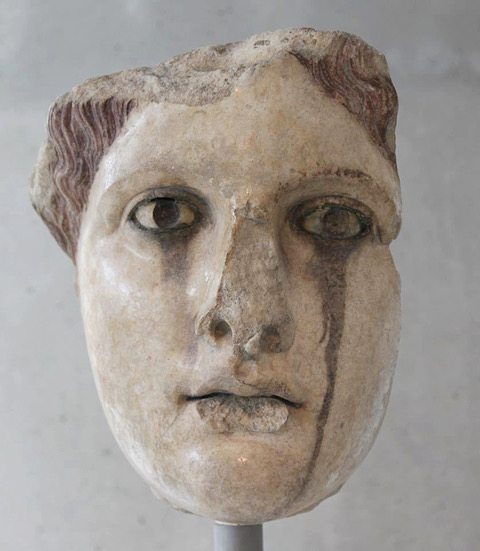Setting the Stage, Framing the Picture; the Gilding and Polychromy of Late Medieval Altarpiece Structures in the North
DOI:
https://doi.org/10.5617/clara.v5i0.7977Abstract
The gilding and polychromy of the structural parts of altarpieces have largely been overlooked in art historical studies. However, these specific designs were important elements in the framing of the sculptural and painted content of the altarpiece complex. This article provides a detailed art technological overview of the gilding and polychromy of the supporting elements of the whole corpus of Northern German altarpieces in Norway. It highlights the medieval craftsman’s use of sophisticated materials and techniques, and proves that, in addition to being secondary props, the shrine decorations bore important meanings in their own right, containing intrinsic material and aesthetical values. Furthermore, the study found both change and continuity in the specific craftmanship throughout the late medieval period. Changes in the layering and three-dimensional effects have been especially useful tools in the correction of previously assumed dates of origin of several of the altarpieces. It is hoped that the results presented in this study, together with a new perspective, encourages further close analyses of the ‘backdrop’ of medieval altarpieces in future studies.



